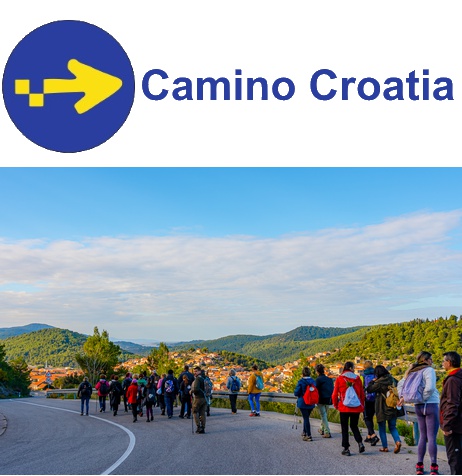
- Tzo Blato
The mild climate, the clean sea, the rich cultural and historical heritage and the hospitability of the locals make the island of Korčula one of the favoured Dalmatian destinations..
The island of Korčula stretches from east to west. It is 46 km long and has an area of 270 km2 what makes it the sixth largest Adriatic island. Its coast is 182 km long and has 96 bays, coves and capes. 48 small islands surround the island and some of them are inhabited. There are towns Korčula, Blato and Vela Luka, the coastal villages of Lumbarda and Račišće, and in the interior of the island there are Žrnovo, Pupnat, Smokvica and Čara.
The history of the island
Korčula was settled in the prehistorical times. There are the archaeological evidences from the Stone Age in Vela Spila near Vela Luka. The findings of Vela Spila are on display at the museum in Vela Luka.
In the 4th century BC Greeks found a colony, and named the island Korkyra Melaina or Dark Korčula because the island was covered in lush forests.
In 1214 the town of Korčula got its own Statute, one of the oldest such documents in this part of Europe. The Statute regulates the relations among the islanders, and many provisions relate to shipbuilding, agriculture, trade and other everyday activities of the islanders.
The east part of the island is famous for its high quality stone that was used to build the town of Dubrovnik but also the island’s beauty – the town of Korčula, one of the most beautiful medieval towns on the Adriatic coast. Inside the town walls there is the house of the world traveller Marco Polo. He was captured by the Genoese army in the naval battle that was held on September 7, 1298 between the states of Genoa and Venice in front of the town of Korčula.
The island today
Korčula is unique among the Dalmatian islands because its white wines are more famous than the red ones. Those are the wines from the autochthonous grape varieties Grk and Pošip. Grk vineyards are to be found on the sandy terrains surrounding Lumbarda and Pošip is grown in Smokvica and Čara. As for the island cuisine the popular specialities are “žrnovski makaruni“ (homemade pasta in beef sauce) and “korčulanski klašuni” (pastry filled with almonds).
The island of Korčula is also known for its folklore, particularly for the sword dances. Moreška is the sword dance from the town of Korčula, and Kumpanija from Žrnovo, Pupnat, Čara, Smokvica, Blato and Vela Luka. These dances are preformed on many occasions especially during the summer. In the town of Korčula The Festival of Sword Dances is held every year and sword dancers from all over the world come to perform in the town of Korčula, but also in the other towns.
The narrow strait of Pelješac is popular among the windsurfers because of the favourable winds. Those that sail around the island can find shelter in many coves and in the marina in Korčula. The safest cove is the bay of Vela Luka.
Vacation houses, hotels, camps, restaurants and agrotourisms make Korčula a popular destination, mostly for those that are looking for a quiet vacation and the crystal clear sea.
https://www.tzo-blato.hr/en/o-blatu-i-otoku/o-otoku-korculi#sigProId8b33f21cc9



























